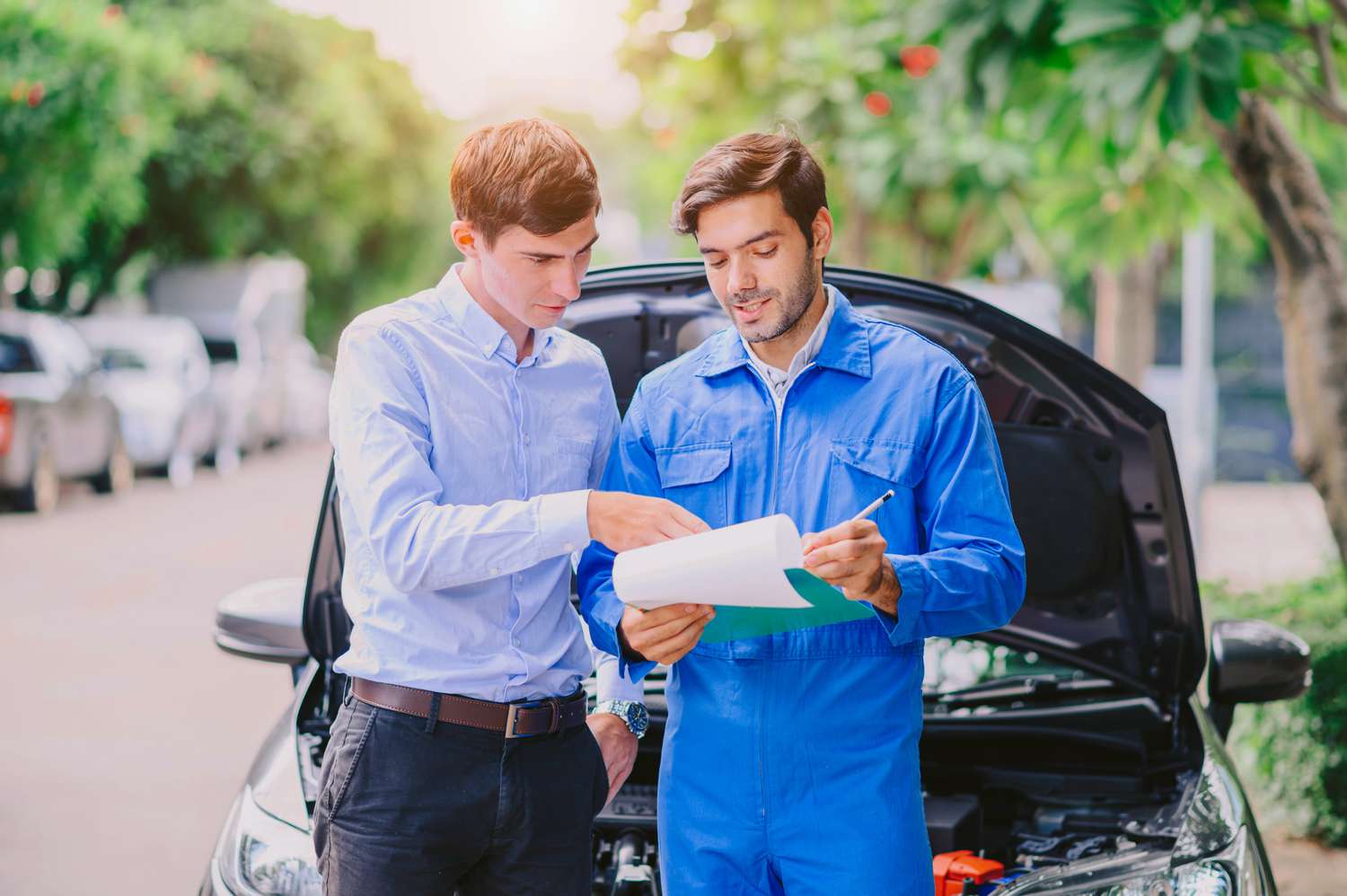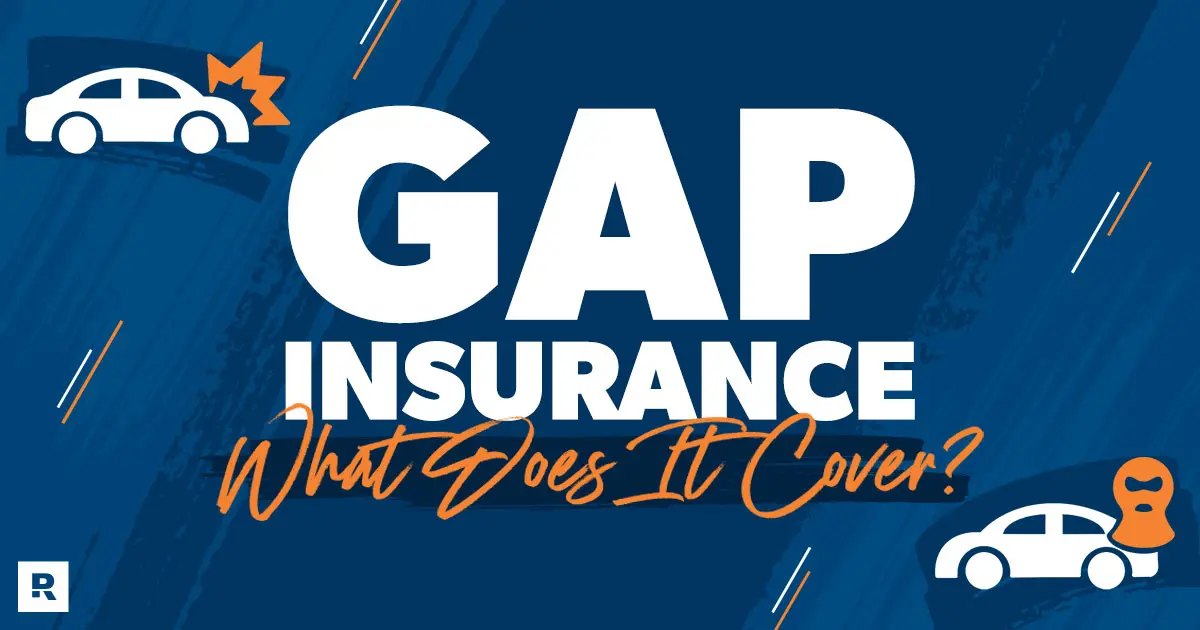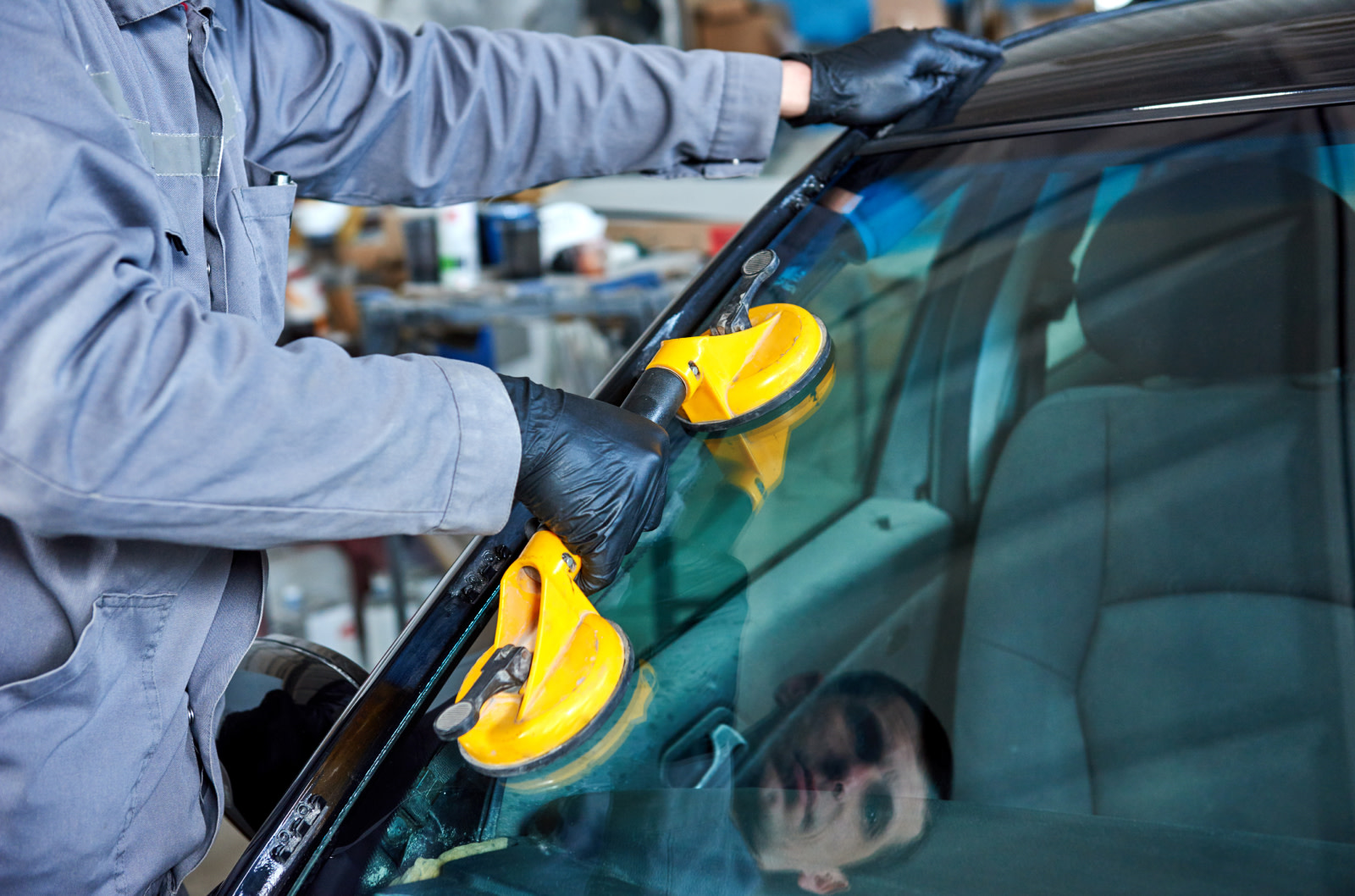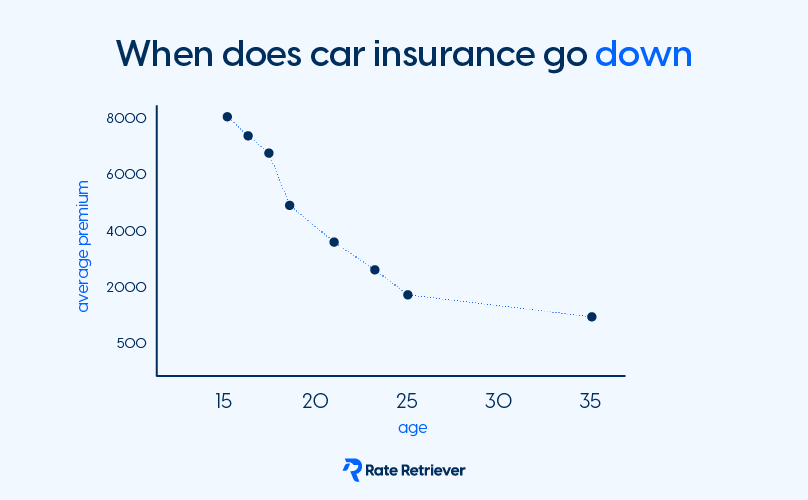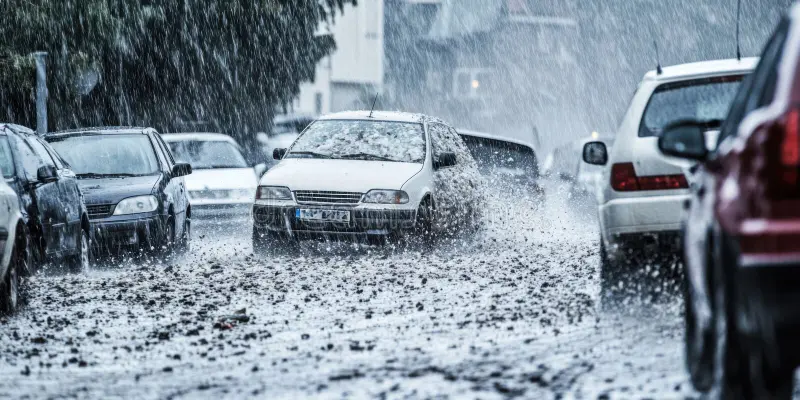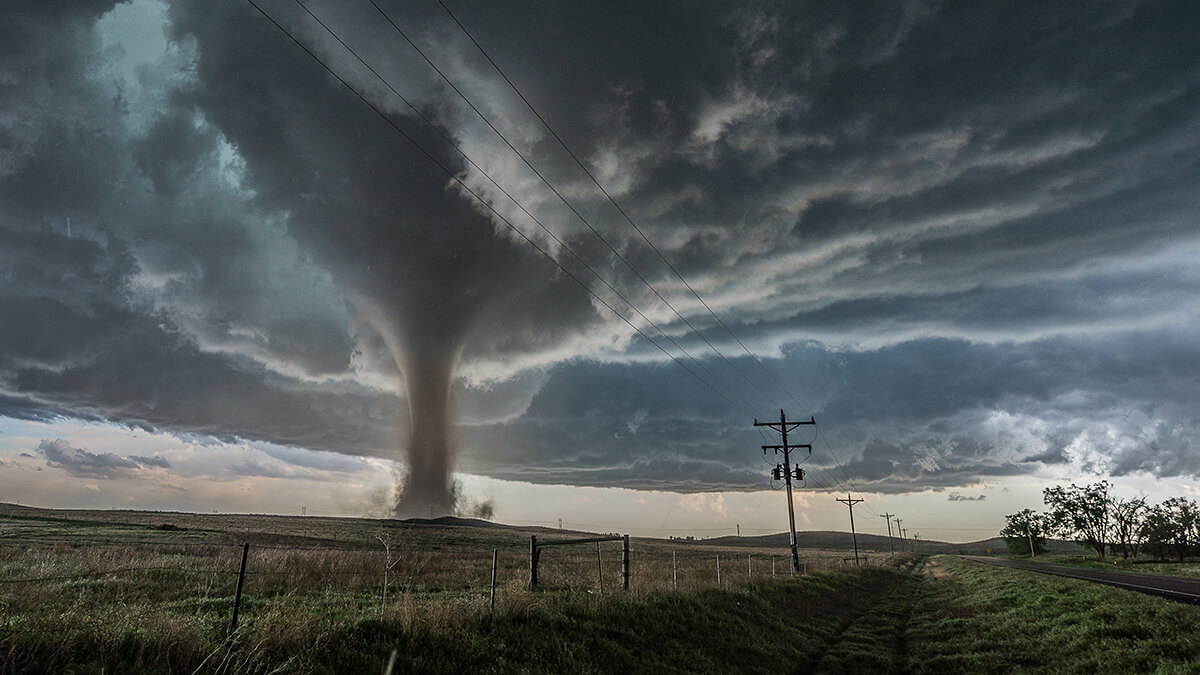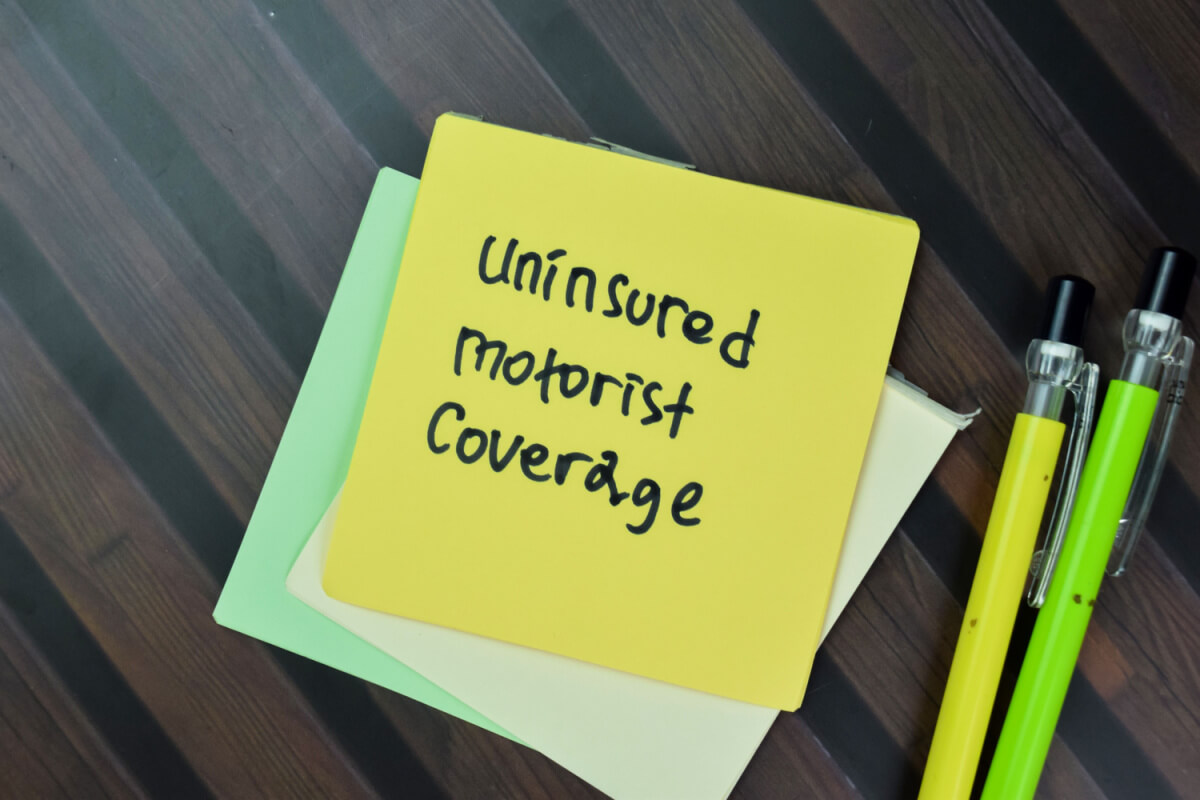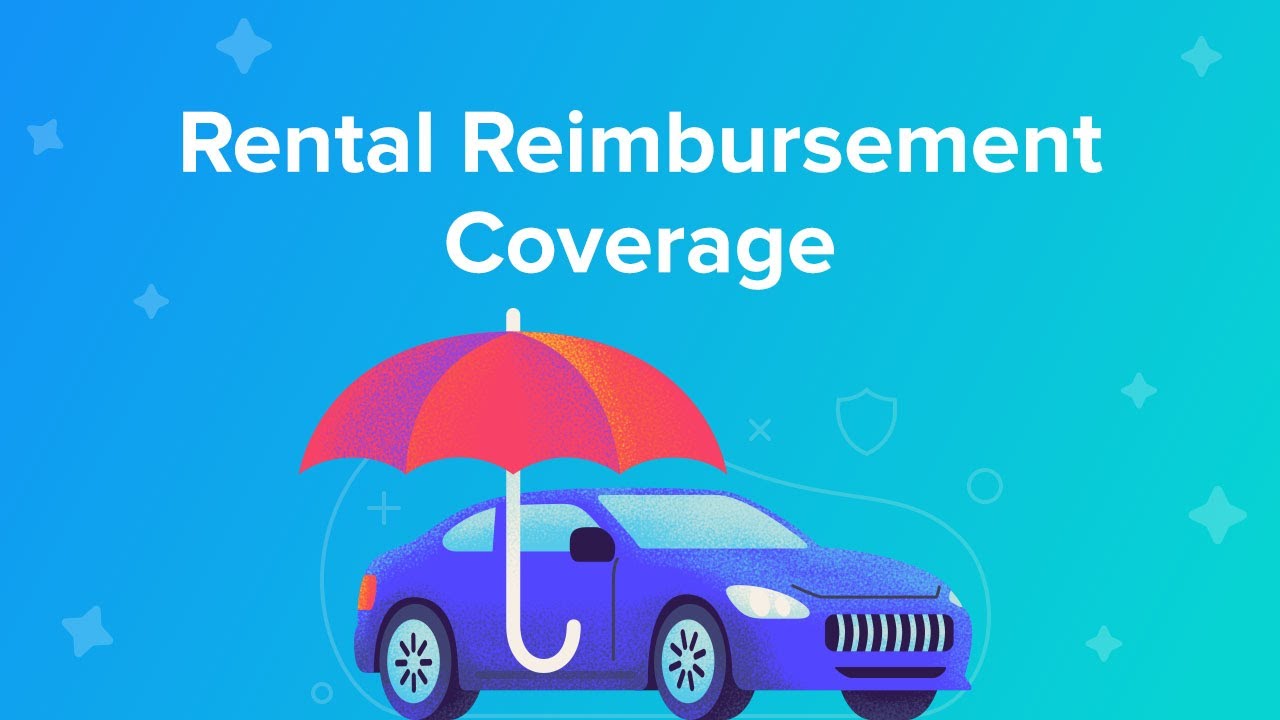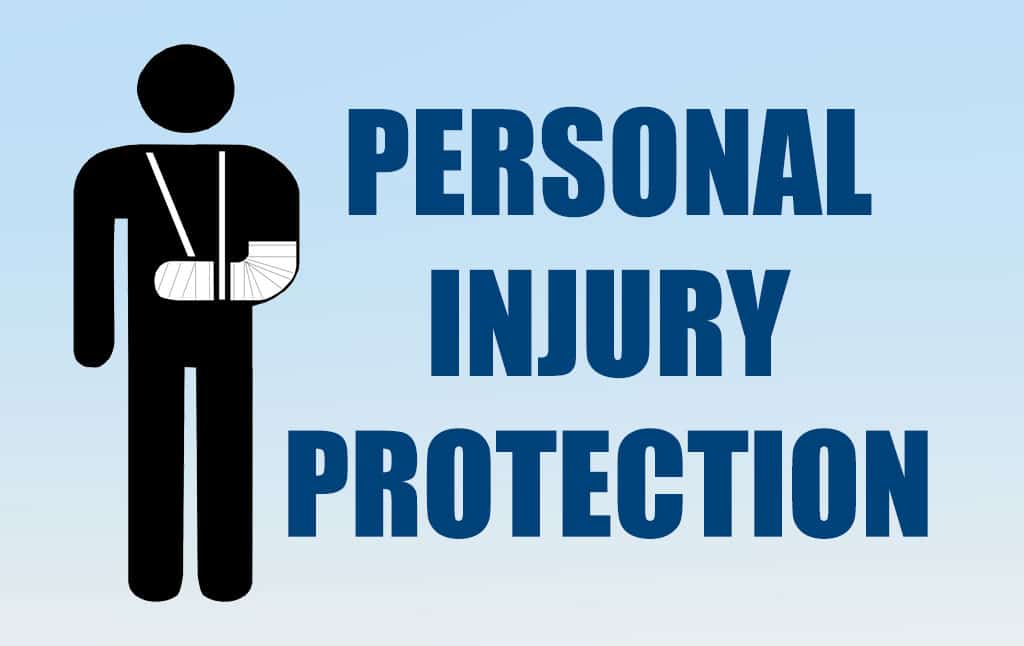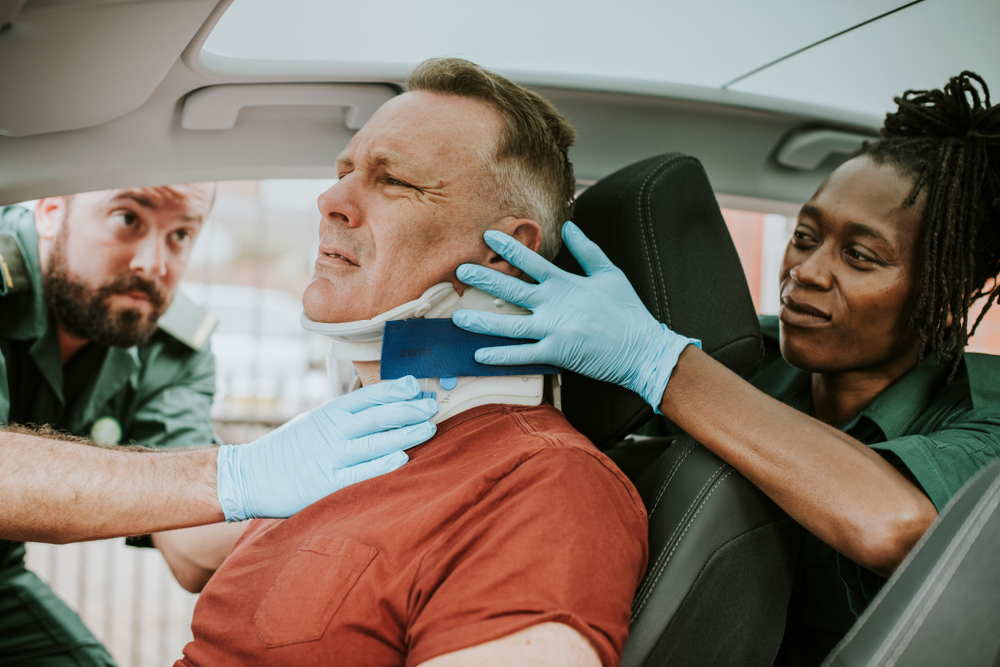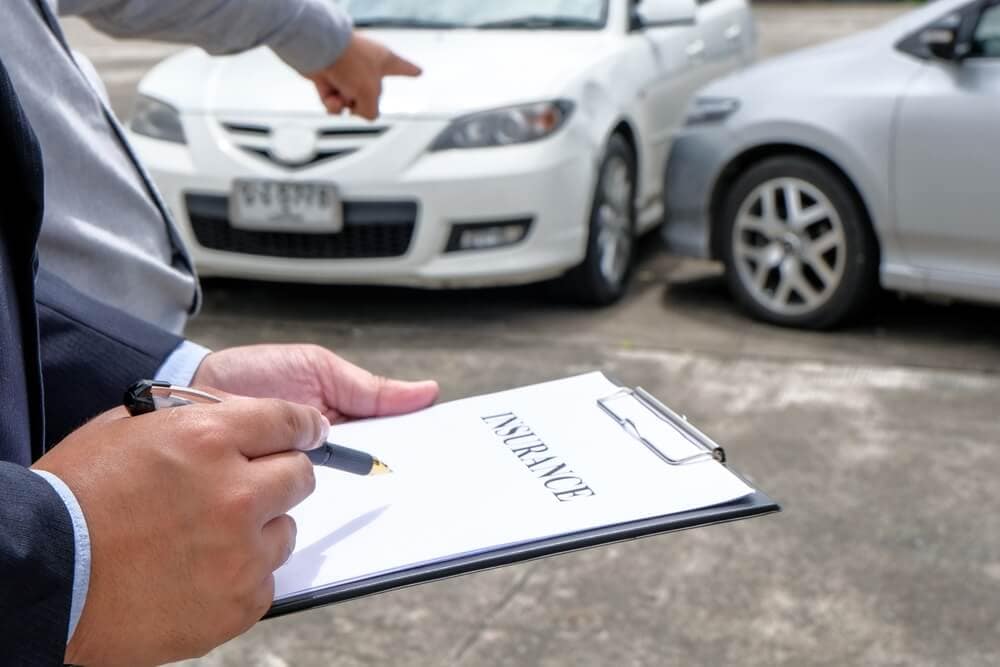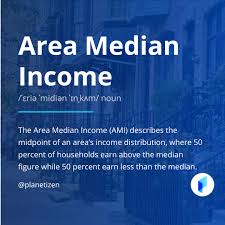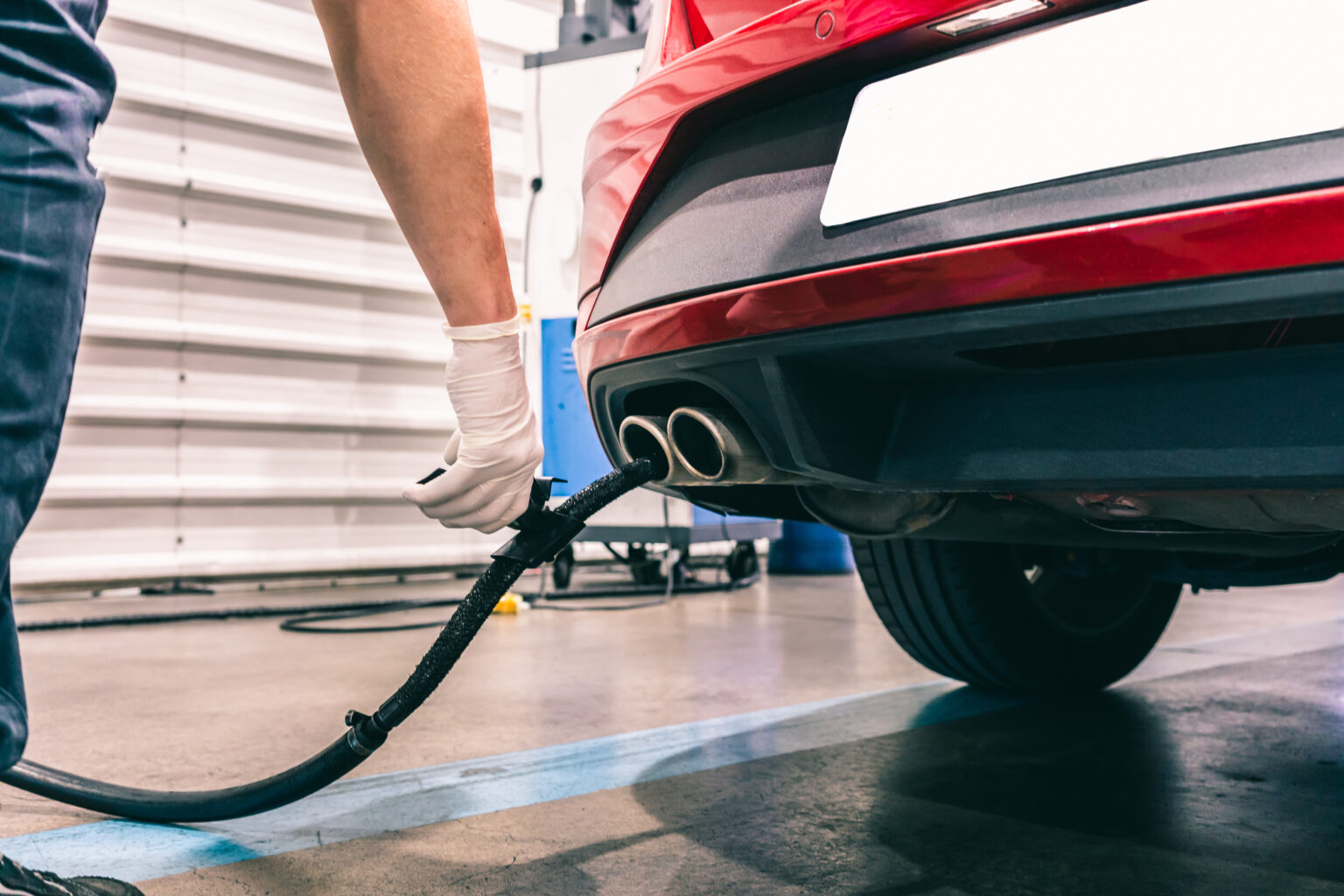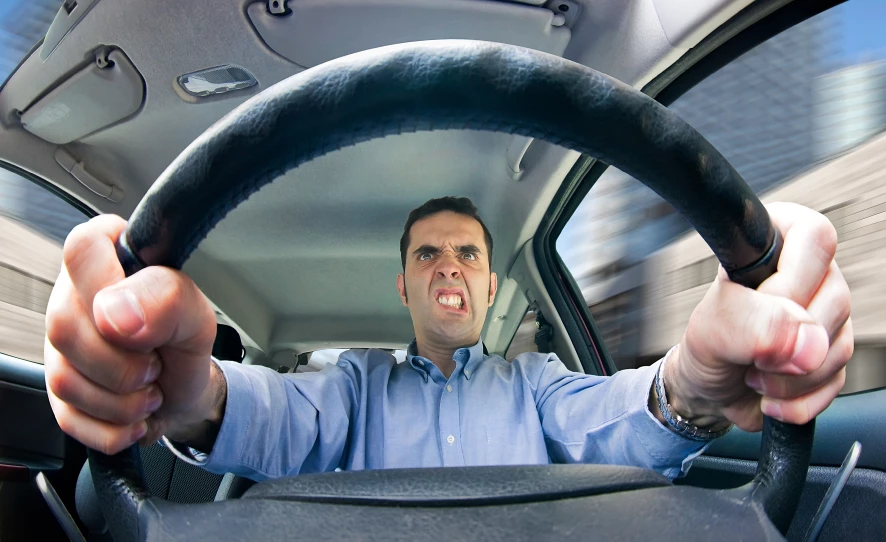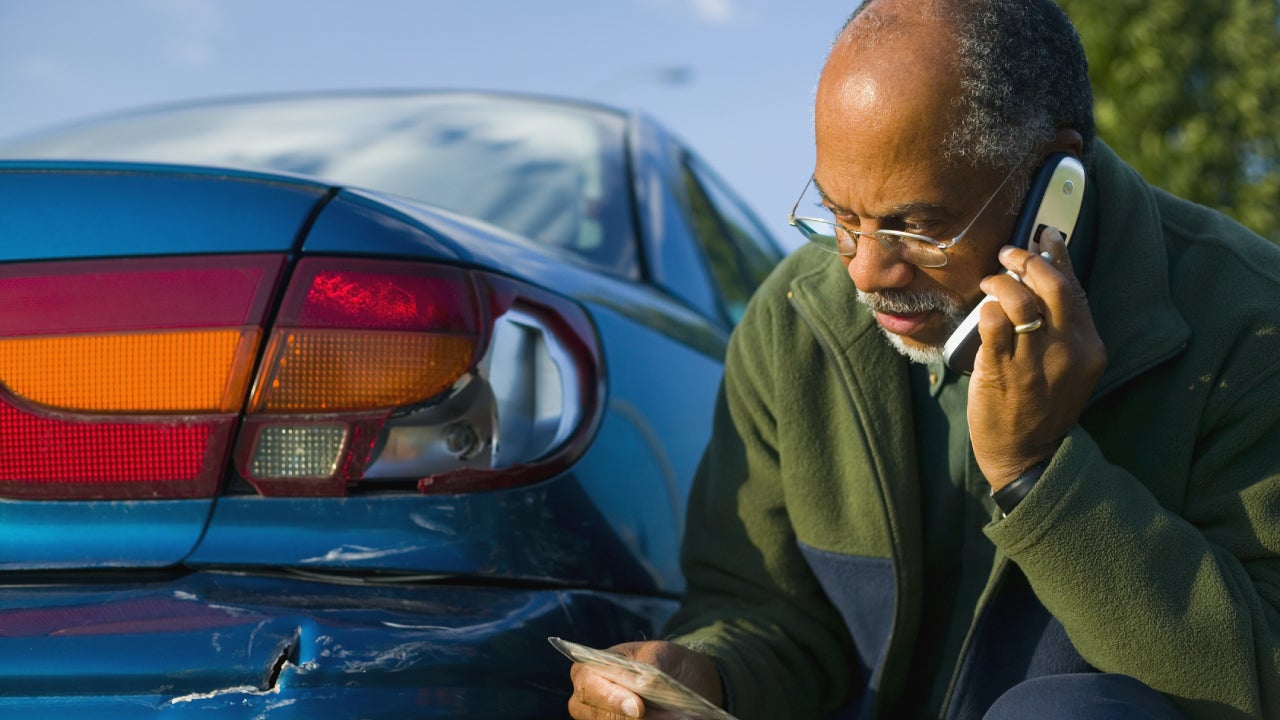Being on the road during a tornado is one of the most dangerous situations you can face. According to the Centers for Disease Control and Prevention (CDC), the safest place to be during a tornado is underground, inside the interior portion of a sturdy building. On the flip side, the least safe place is inside a motor vehicle.
But what if you’re driving and a tornado warning suddenly pops up? What if you can’t safely reach a shelter in time? In that case, knowing the right steps to take can make all the difference.
Let’s break it down in a simple, easy-to-follow way.
Key Takeaways
- Always try to seek shelter in a sturdy building rather than staying in your car.
- If shelter isn’t possible, stay buckled, get as low as you can inside the vehicle, and cover yourself with a blanket or jacket.
- Avoid overpasses and bridges — they can actually make conditions more dangerous.
- If you can get lower than the road level, such as into a ditch or ravine, that’s usually safer than staying in your car.
Is It Safe to Stay in Your Car During a Tornado?
In short — no. Vehicles like cars, buses, and trucks are easily tossed around by strong tornado winds. Even a small tornado can overturn a car. If you’re on the road when a tornado hits, your first priority should be finding a sturdy building nearby and getting underground if possible.
Learn more about tornado dangers from Ready.gov.
Should You Take Shelter Under an Overpass?
This is a common misconception. Movies and viral videos might make hiding under a bridge look safe, but the truth is, it’s not. According to the National Weather Service, overpasses can act like wind tunnels, actually increasing wind speeds and making flying debris even more dangerous.
So if you’re considering parking under a bridge — don’t.
What to Do If You’re Driving During a Tornado
Here are the steps you should take if a tornado is nearby and you’re on the road:
1. Try to Get to Shelter
If the tornado is still forming or is far away, head to the nearest sturdy building. It doesn’t matter if it’s a grocery store, office building, or gas station — any solid structure is better than staying in your car.
2. Don’t Try to Outrun the Tornado
Tornadoes don’t move in straight lines, and they can change direction without warning. Instead of racing home, drive at right angles to the tornado’s path to try and move out of its way. But remember — safety first. If you see shelter, take it.
3. Head for Lower Ground
If there’s no shelter nearby, the National Oceanic and Atmospheric Administration (NOAA) advises leaving your vehicle only if you can safely get to a lower area, such as a ditch or ravine. Lie flat, cover your head with your arms, and stay as low as possible.
4. If You Can’t Get Out, Stay in Your Car
Pull over safely, keep your seat belt on, and crouch down below the windows. Cover yourself with anything you have — a blanket, coat, or even floor mats — to protect from flying debris.
💡 Pro Tip: If you carry a winter or severe weather kit in your car (blankets, water, flashlight, first aid kit), you’ll be better prepared for situations like this.
Insurance and Tornado Damage
Worried about your car? The good news is that most auto insurance policies with comprehensive coverage cover tornado damage. For more details, check with your insurer. Progressive, for example, explains tornado-related claims clearly in their comprehensive coverage guide.
Bottom line: prioritize your safety first. Cars can be replaced.
Preparing in Advance for Tornado Season
If you live in tornado-prone states like Texas, Oklahoma, Kansas, or parts of the Midwest, preparation is key. Here’s how you can be ready before you even hit the road:
1. Watch for Severe Weather Alerts
Sign up for local alerts, download a weather app, or tune in to NOAA Weather Radio. Staying informed is your first line of defense.
2. Understand Tornado Watches vs. Warnings
- Tornado Watch: Conditions are right for a tornado to form. Stay alert.
- Tornado Warning: A tornado has been spotted or indicated on radar. Take action immediately.
3. Have a Family Emergency Plan
The NOAA Storm Prediction Center suggests creating a check-in system with loved ones and agreeing on a meeting point. Also, identify safe buildings along your regular commute where you could take shelter.
4. Recognize Tornado Warning Signs
Not all tornadoes have a visible funnel. Be on the lookout for:
- Rotating, dark clouds
- Swirling dust or debris near the ground
- A loud, continuous rumbling sound (not thunder)
- Sudden calmness after heavy rain or a quick shift in wind direction
5. Stay Calm
Panicking won’t help. Focus on protecting yourself and anyone with you. Avoid heavily damaged buildings, downed power lines, and debris after the storm. Safety comes first — recovery comes later.
Final Thoughts
Being caught in a tornado while driving is scary, but knowing what to do can save your life. The main rule of thumb: get to shelter if possible, and if not, get low — either in your car or in a ditch away from the road.
Cars and belongings can be replaced. You and your loved ones cannot. Stay alert, prepare ahead, and trust your emergency plan.



